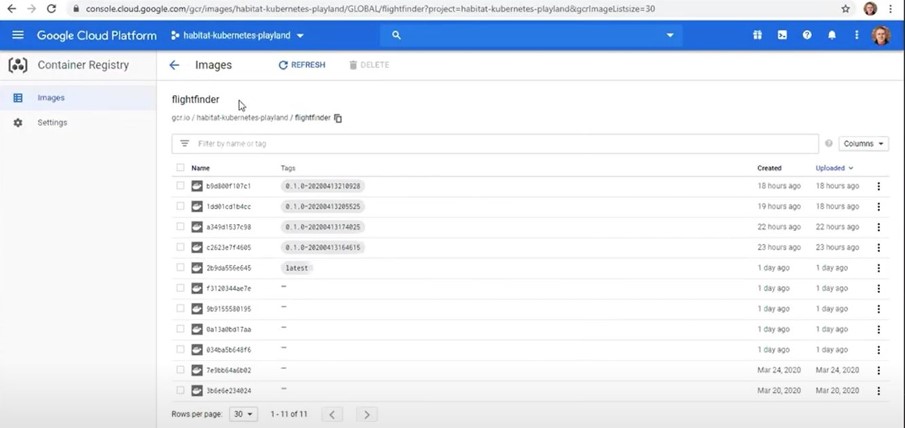Chef Simplifies Windows App Deployments on GKE
Chef has extended its support for Kubernetes to include support for instances of Windows Server running on the managed Google Kubernetes Engine (GKE) service.
Vikram Ghosh, vice president of business development for Chef, says deployments of containerized applications on Windows is just starting to gain momentum now that Microsoft has embraced Kubernetes.
However, most organizations that have relied on Windows Server don’t tend to have much Kubernetes expertise simply because Microsoft has been comparatively slower to embrace containers on Windows than the rest of the Linux community. As such, many IT teams will rely on managed services such as GKE to deploy Kubernetes in a Windows Server environment, says Ghosh.
Chef Habitat provides a tool those organizations can employ to define, package and deliver containerized applications on those instances of Windows running on GKE or another platform that supports Kubernetes on Windows Server, he adds.
IT teams can also employ Chef Habitat to repackage legacy applications with all their dependencies for a platform such as GKE. In contrast to simply lifting and shifting Windows applications as they are, Chef Habitat abstracts the application from the underlying operating systems and packages it with only what it needs to run without any rewrite required.
Ghosh says Chef Habitat is specifically designed to appeal to IT teams who don’t have a lot of experience with containers. A Habitat Plan first defines how the application is built and run. From that plan, Chef Habitat creates a single artifact that contains the application, its required libraries and other dependencies, along with the instructions on how to build and run the application. IT teams then export the artifact to GKE as a container image, upload it to the Google Container Registry and then deploy it.
The use of containers to migrate legacy applications to the cloud is gaining traction among IT organizations in the wake of the COVID-19 pandemic. Rather than having to refactor applications to run on a different virtual machine, IT teams can employ containers to dramatically reduce the time and effort required to migrate an application out of an on-premises IT environment. That approach allows IT teams to take advantage of more resilient cloud platforms at a time when many of them are finding local data centers are not as accessible as they once were, due to work-from-home restrictions. Those containerized applications can be deployed either on a virtual machine or bare-metal server.
Of course, Google is not the only provider of a managed Kubernetes service that supports Windows applications. Competition among managed services providers (MSPs) of all sizes for new and existing containerized application workloads is fierce. IT teams will have plenty of options when it comes to migrating legacy Windows applications into the cloud. The challenge IT teams will face when opting to rely on a managed service is aligning their DevOps processes to the service. That becomes a lot easier to achieve when there are tools in place to help automate the packaging and deployment of containerized applications.





